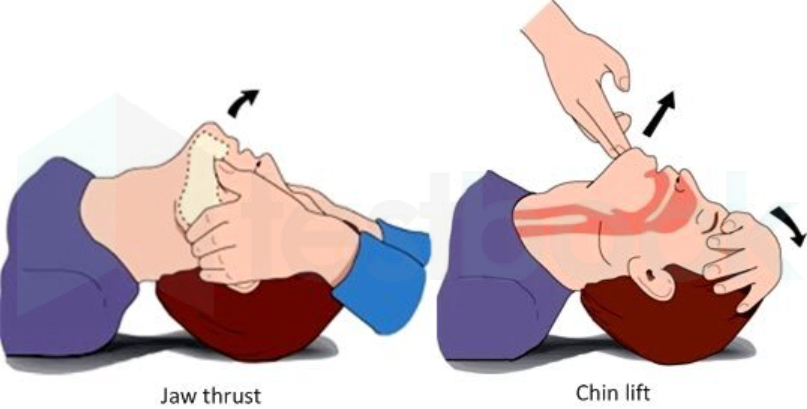Primary Survey: DR ABC
- hellonotarealdr
- Jun 8
- 3 min read
Updated: Jul 23

The primary survey is the first thing you should carry out when you find a casualty*, which is why it is very important to remember the acronym DR ABC as this covers the steps you need to take.
D: Danger
The first step of a primary survey: look for danger. This could be a tripping hazard, a spilled drink or sharp object. We want to minimise the number of casualties in an emergency, so keeping yourself safe is extremely important.
R: Response
When you have made sure that there is no danger, you should check that the casualty is responsive. There are different levels to responsiveness, which you can find in the lesson here: Response: ACVPU. To move on to checking a casualty’s airways, they must be unresponsive. If the casualty is unresponsive, you must ensure that emergency services have been called.
A: Airways
You should now open the casualty’s airway to ensure that they can breathe manually. To do this, put your hand on their forehead and two fingers on their chin. Tilt their head back and lift their chin.

B: Breathing
Now that their airway is open, you should check that the casualty is breathing normally. To do this, you should lean down so that your ear and cheek is over their nose/mouth, and look down their body so you can see if their chest is rising and falling. If your ear and cheek is over their mouth, you should also be able to hear/feel them breathing.
There are different types of abnormal/worrying breathing patterns, such as:
Their chest does not move up/down
They have irregular breathing and only breathe now and then
If the casualty’s breathing is abnormal, you should call emergency services.

Stretch!
Agonal breathing (gasping) is often mistaken for normal breathing, but it’s actually a sign of cardiac arrest and means you should start CPR.
If someone is with you — ask them to call emergency services and bring you a defibrillator*.
If you are alone, do not worry about the defibrillator — call emergency services, and put them on speakerphone so you can prepare to start CPR.
C: Circulation
If the casualty’s breathing is normal, move on to checking their circulation. This means checking whether they are bleeding. If they are, they might go into shock.
To check whether they are bleeding, pat them down with your hand, checking if there is blood on your hand every now and then.
If they are bleeding, put pressure on the wound. You can do this by pressing some material — like a sweatshirt or jacket — against the wound and holding it there.
Summary:
The primary survey uses the acronym DR ABC, which stands for Danger, Response, Airways, Breathing, and Circulation.
Glossary:
Casualty: the person that's hurt in a first aid scenario.
Defibrillator: an electrical device that can help shock someone's heart to make it beat normally again.
For Older Learners:
Use these questions to challenge yourself!
How might you have to adapt the primary survey in mass casualty situations?
How might you evaluate "invisible" issues like mental health crises etc, that may not be measurable with the primary survey?
Further Information
Simulation: Street Scare or Classroom Crisis
Quiz: Primary Survey
Further Reading:






Comments